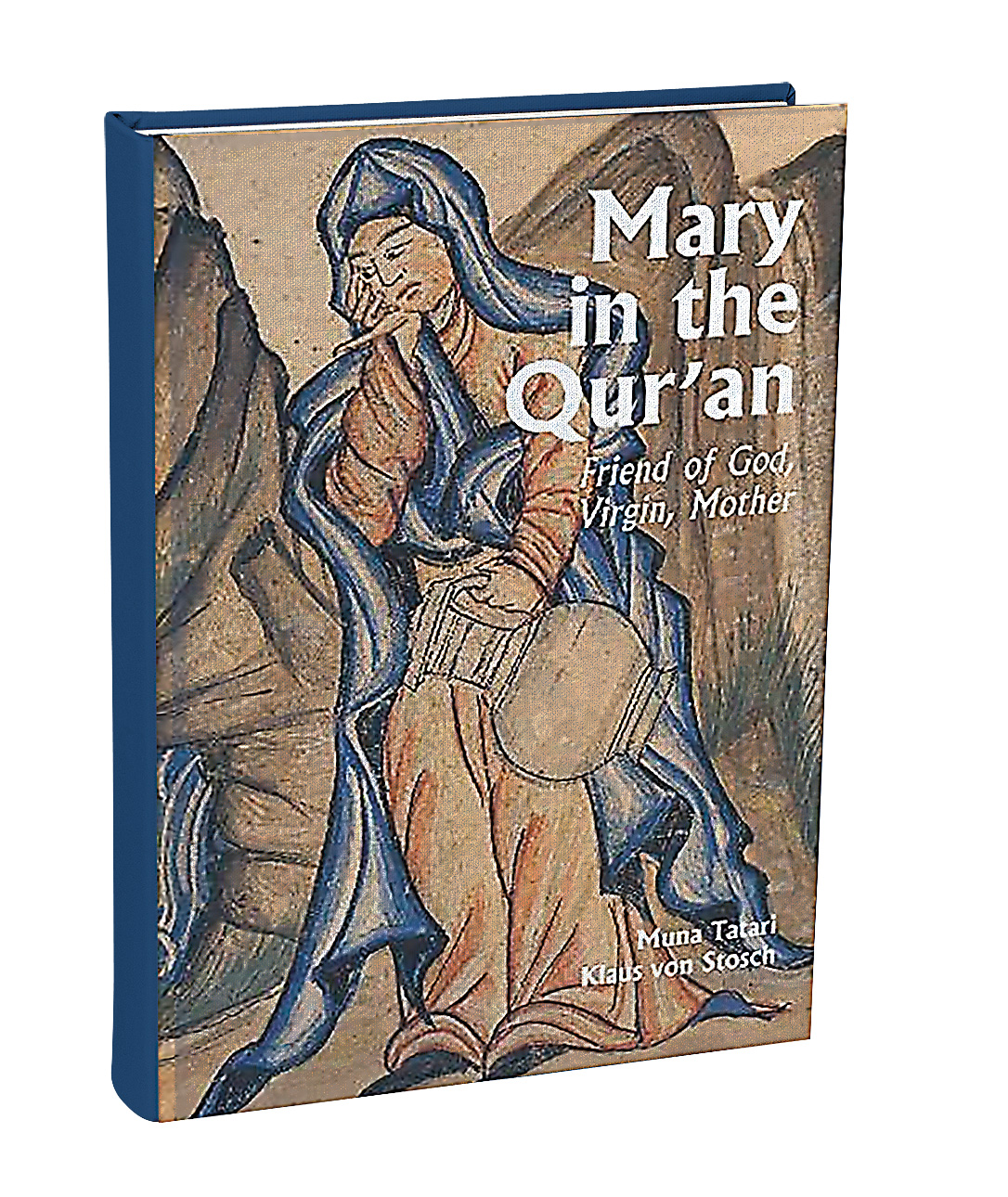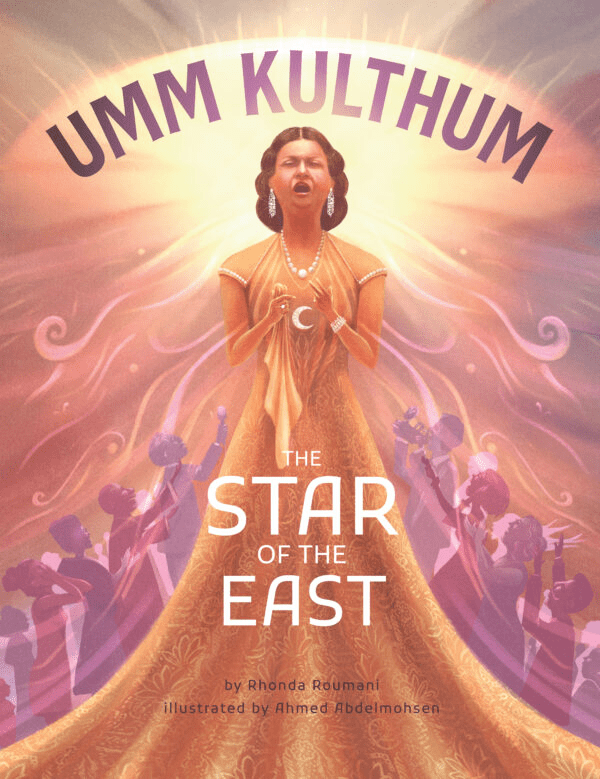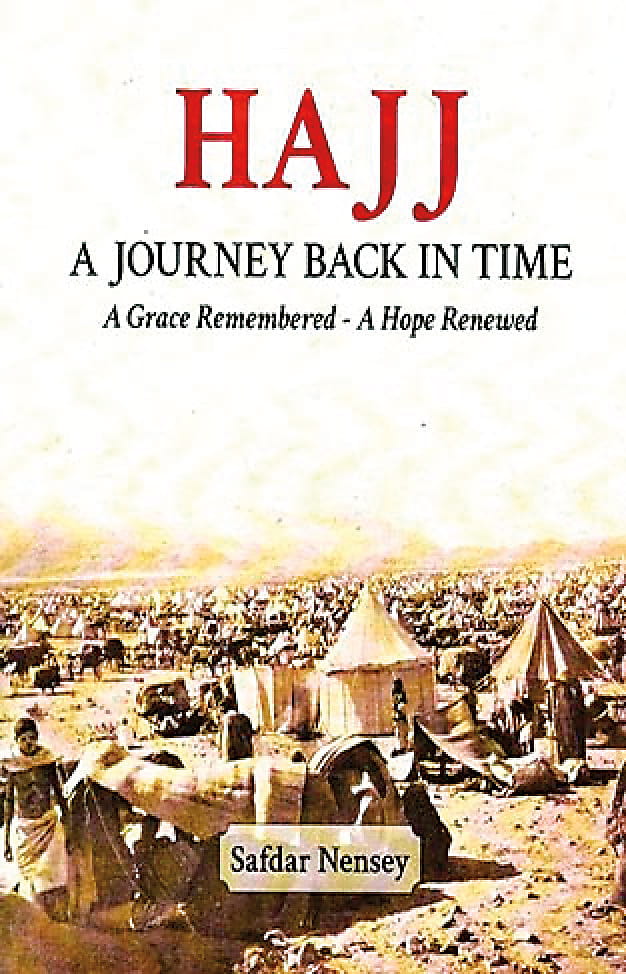From Mary to Maryam, Daughter of Imran, Mother of Jesus
Written by Dianna Wray

Muna Tatari
A figure revered in both Christianity and Islam, Mary has fascinated followers of both faiths for centuries.
With this book, translated from its original German, authors Muna Tatari, an Islamic theology professor at Germany’s Paderborn University, and Klaus von Stosch, a Catholic theology professor at Bonn University, examine the place that Mary—or Maryam, as she is known in the Qur’an—occupies in Islam.
We don’t plunge directly into the Qur’an though. Broken into four sections, “Mary in the Qur’an” builds off comparative theology—the in-depth study of religious tradition to better understand both faiths—to provide a solid understanding of Mary’s evolution, first in Christianity and then in Islam.
Working chronologically through the New Testament, the patristics and early Catholic dogma, the first section of “Mary in the Qur’an” traces how Mary’s place in the church evolved.

UNIVERSITY OF BONN
Klaus von Stosch
Religious studies scholars believe Mary, a teenager from Nazareth engaged to a carpenter when the angel Gabriel informs her that she will have a child conceived immaculately, first entered the Bible’s New Testament as a named figure in the late first century CE.
Over the following centuries, the story was handed down, mostly intact. But understanding and representation of Mary continued to shift. People were praying to her by the third century CE. In 431 CE the Council of Ephesus, convened by Roman Emperor Theodosius II in modern-day Turkey, codified her place in the Catholic Church and named her the first Christian saint.
By the time the Qur’an was being transcribed, in the seventh century CE, Tatari and von Stosch contend, Byzantine Emperor Heraclius propagandized Mary as a divine figure to justify imperialism and military expansionism.
By contrast, the Islamic figure of Maryam that emerges in Surah (Qur’anic chapter) Maryam, one of seven surahs in which she appears, and in Muslim scholarship emphasizes both her purity and her humanity, most likely a response to Heraclius’ approach, according to the authors. Thus, Maryam is a woman chosen by God from the moment of her own conception and the mother of ‘Isa, Jesus in Arabic. But there are key differences between Maryam and the Christian Mary.
“Just as in the Bible, Mary comes across in the Qur’an as a woman who, in her search for answers and a greater understanding of her own life, constantly questions and digs deeper.”
—from “Mary in the Qur’an”
In the Qur’an, Maryam is not regarded as a prophet, but Islamic theological tradition acclaims her as the most righteous of women, a sign for all people. Crucially, she is not venerated and cannot be called on to intercede between mankind and God. In the Qur’an, this figure is human, of flesh and bone, and her relationship with God is an example. Section 3 applies these findings, exploring how Maryam can be understood as a role model and a figure of emancipation.
Ultimately, Tatari and von Stosch created an academic work that connects the venerated Mary with the esteemed Maryam, creating a path where the two religions may be able to connect as well.


